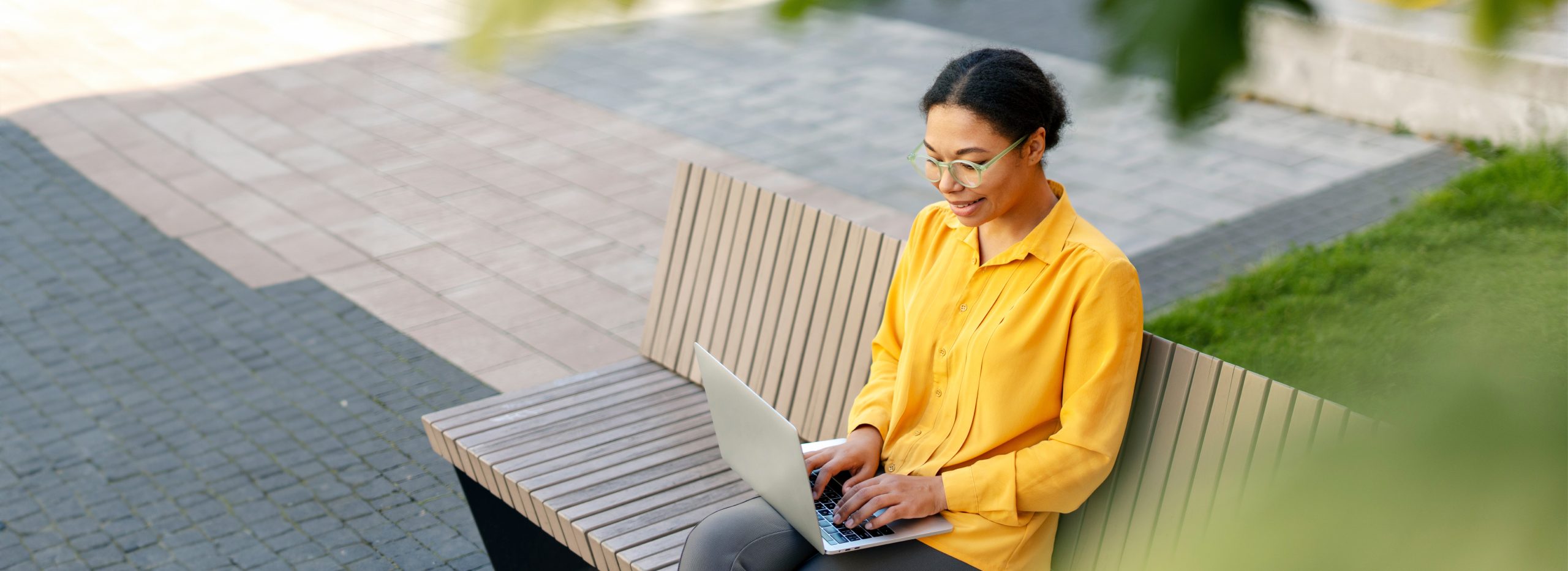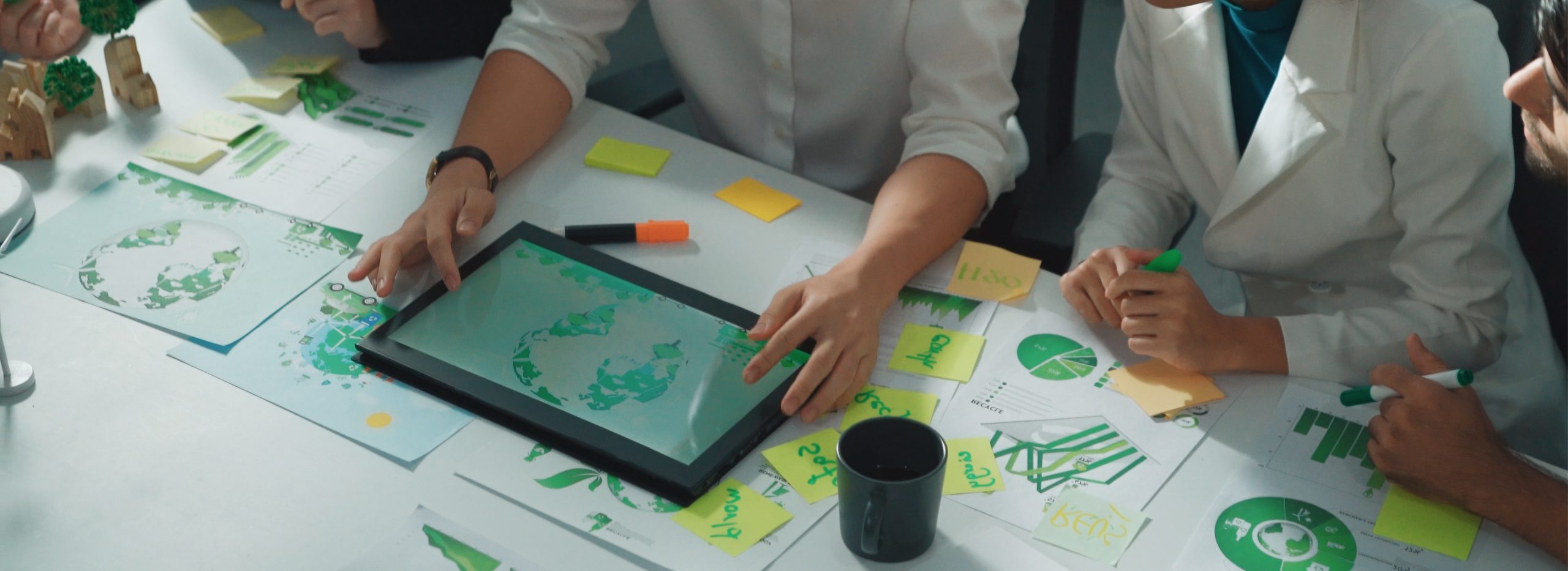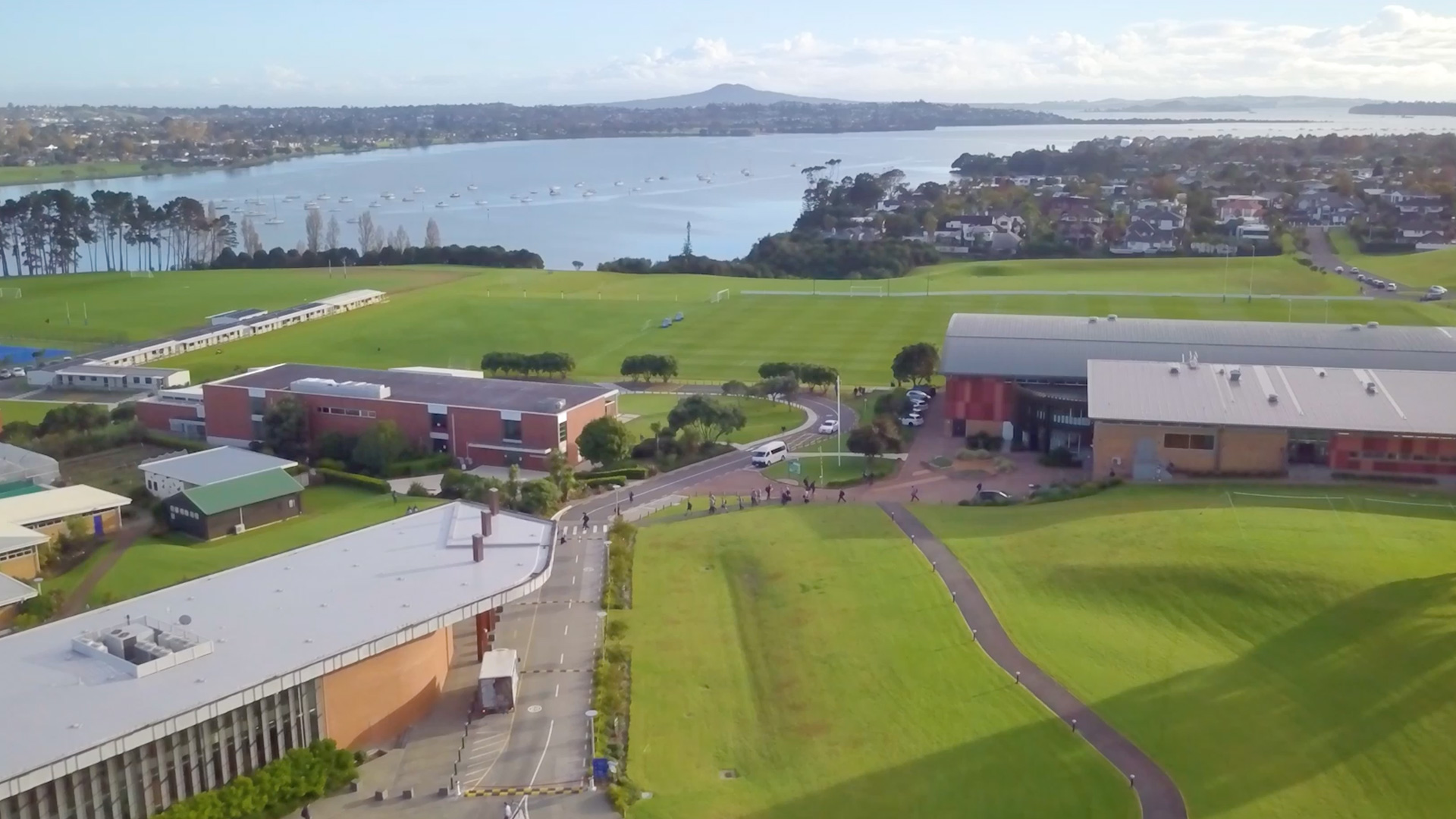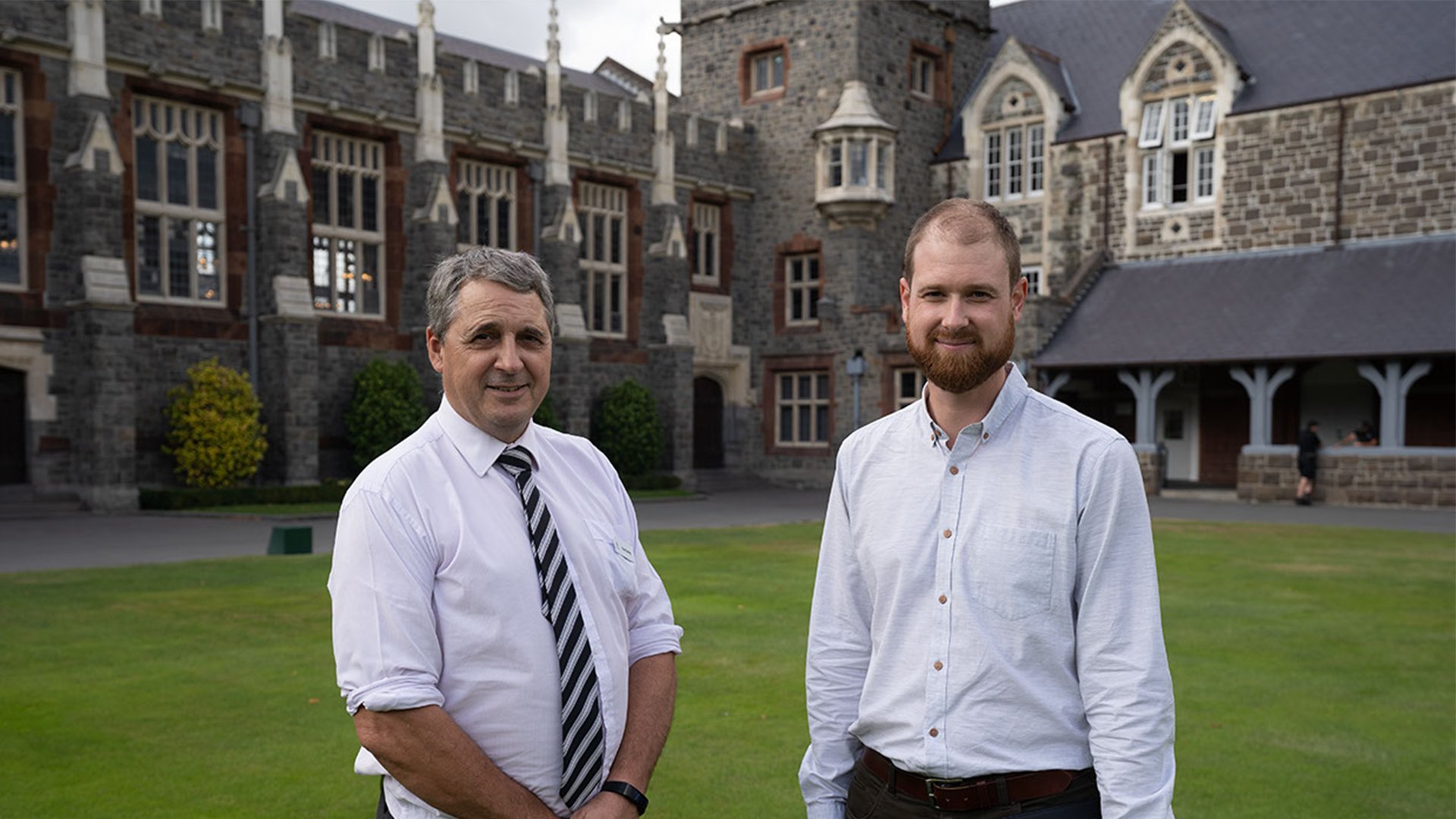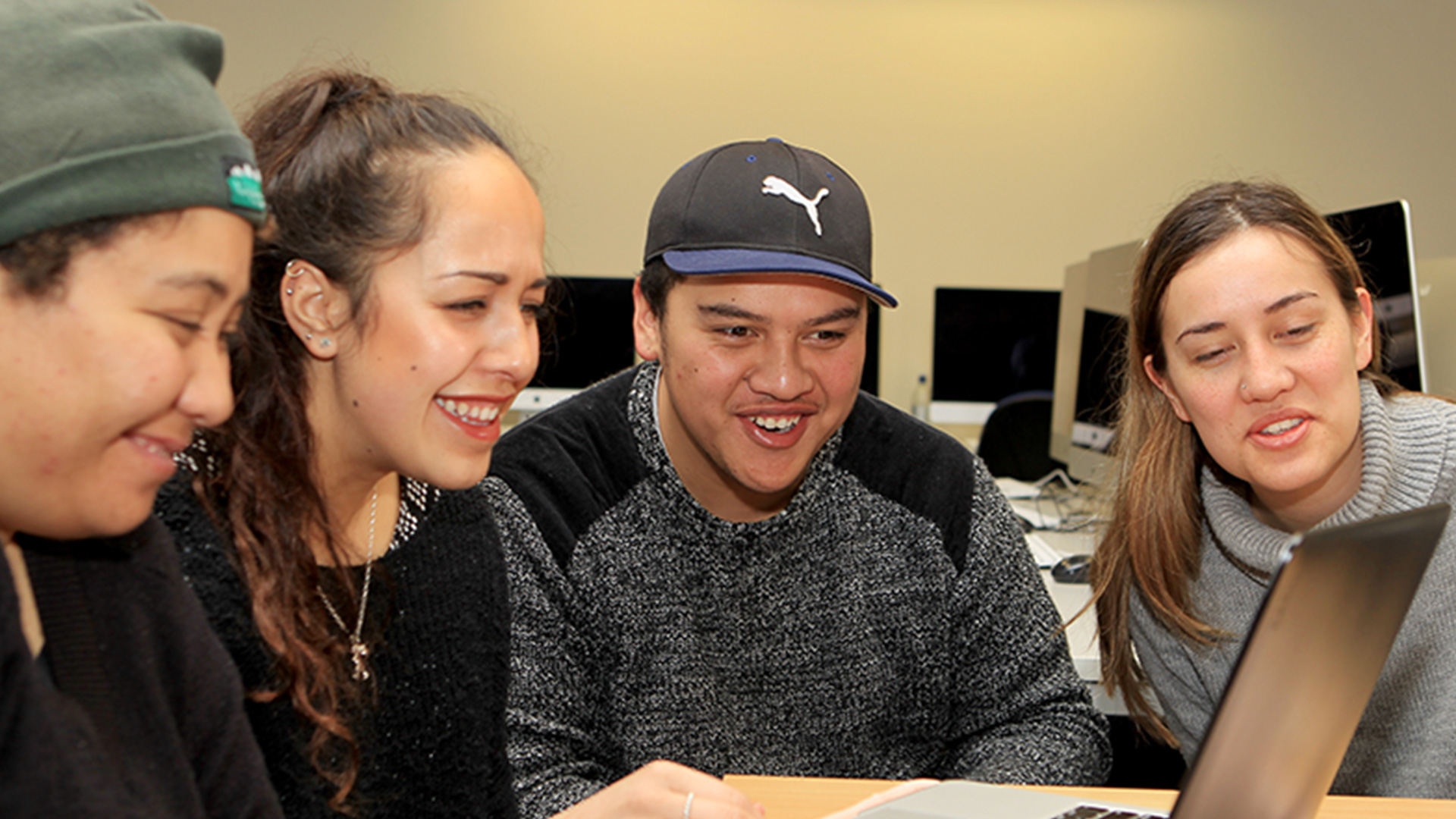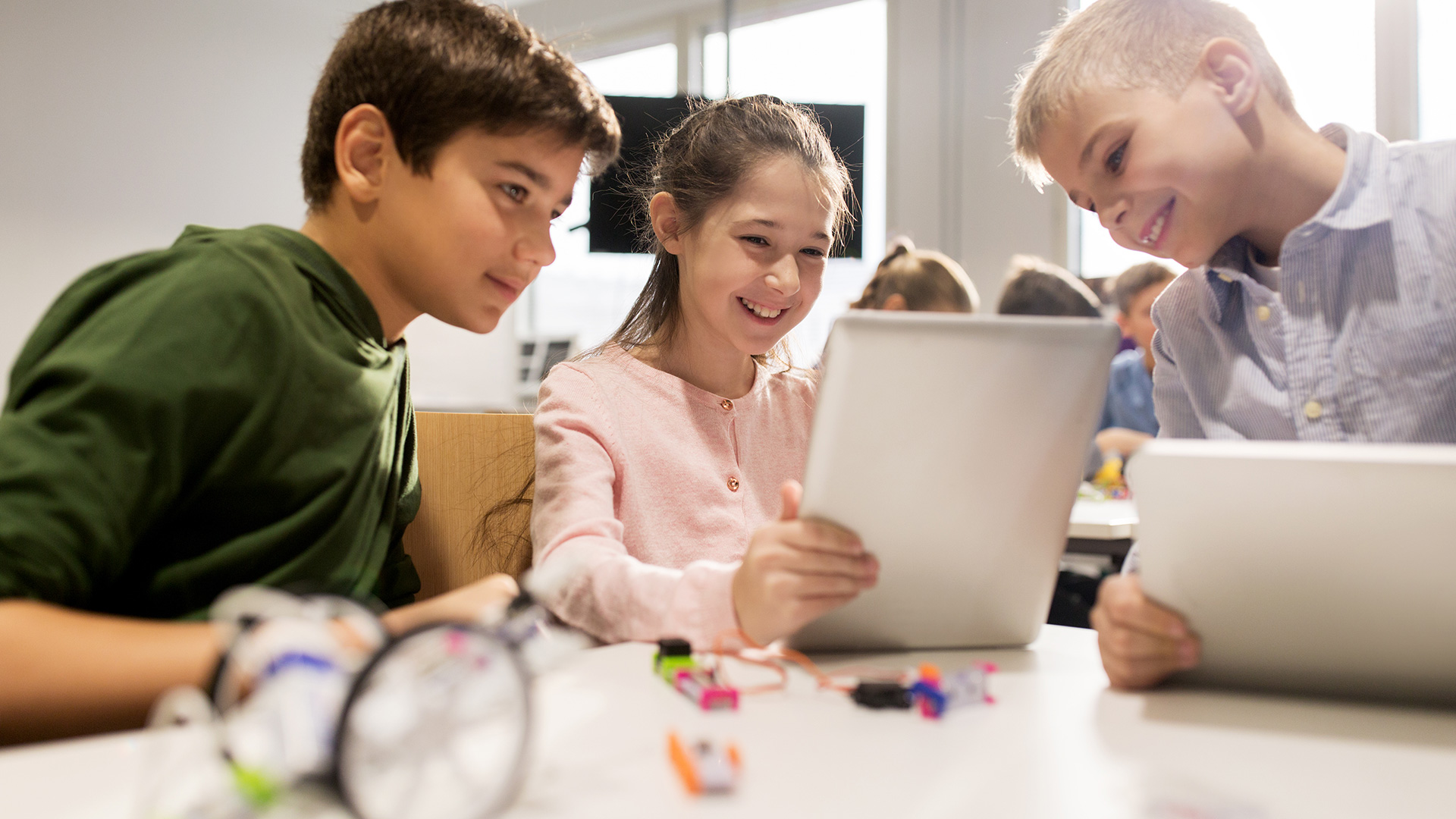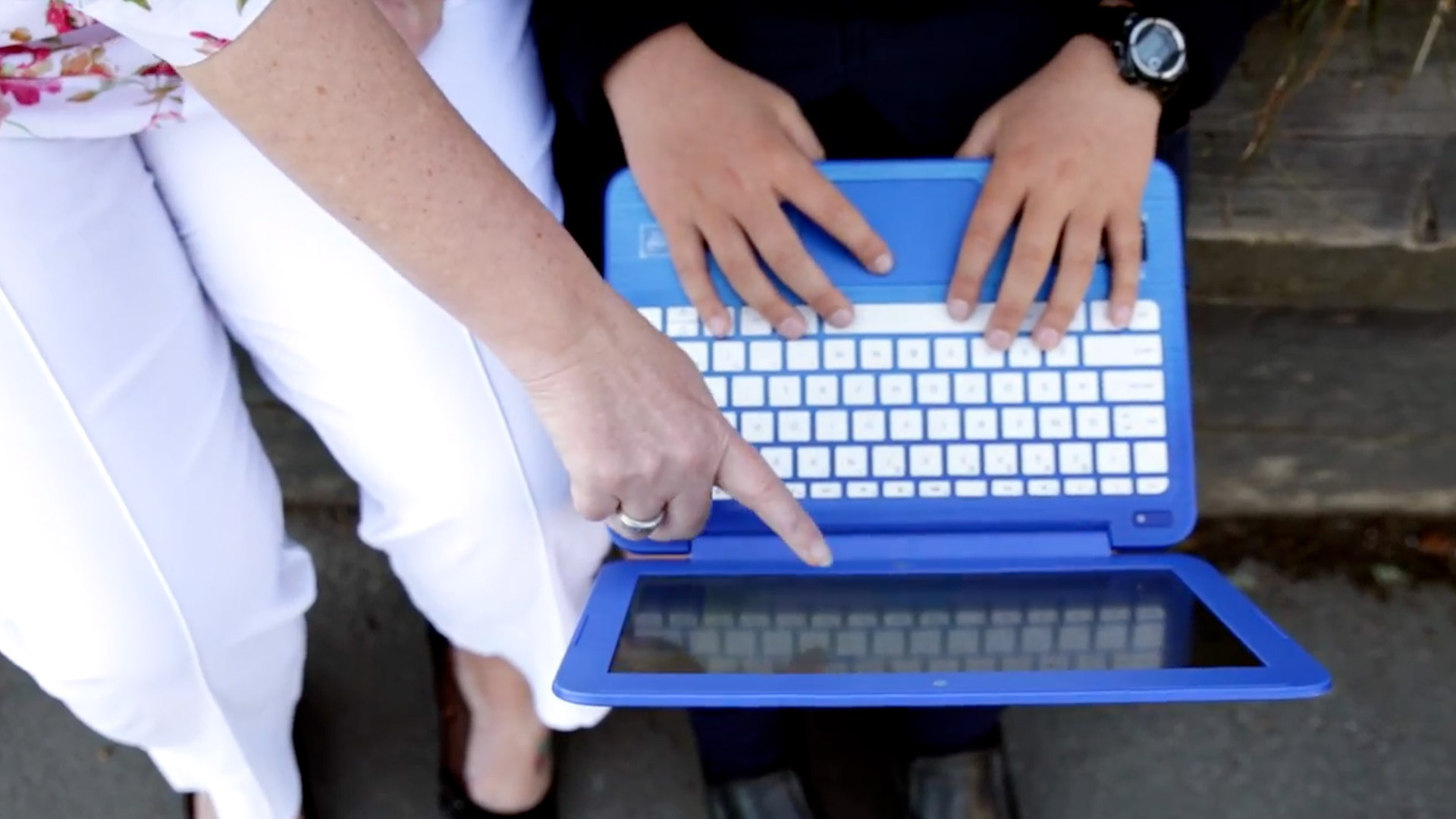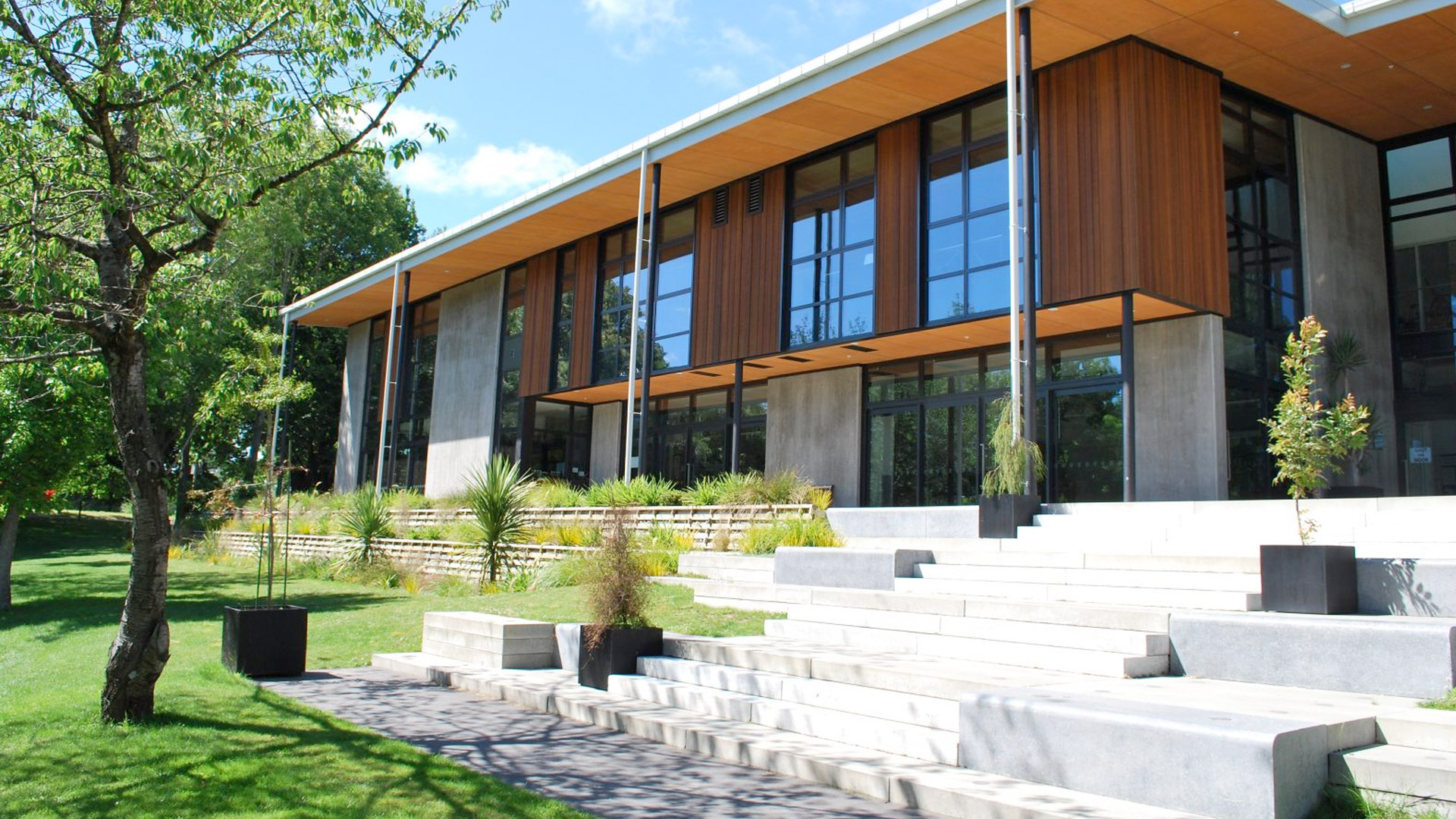
Digital Citizens: How Rakaia School prepares children for life
Integrating technology into the classroom is considered an essential component of preparing children for a successful life. To that end, Rakaia School in mid-Canterbury has undertaken a progressive programme to introduce Apple iPads into its curriculum over a period of several years, with an eventual goal of a ‘one-to-one’ rollout.
The Challenge
Apple solution provider Cyclone Computers has played an integral role in the deployment, providing the iPads as well as support and consulting to ensure optimal value from the project.
With a roll of 194, Rakaia School currently has two iPad classes for Year 5 and 6, with a total of almost 70 devices. In addition, it has several desktops and laptop machines, while all staff members use Apple Macbooks and a teacher iPad to model the use of apps. “We want our children to become digital citizens with the skills to inquire and research using the web, and also the skills to present and collaborate,” notes Principal Mark Ellis.
We want our children to become digital citizens with the skills to inquire and research using the web, and also the skills to present and collaborate.
Mark Ellis, Principal
A shared decision
Ellis says the introduction of the iPads wasn’t a decision taken lightly. “The background involved a trip to Melbourne in 2012, where we visited the education department and looked at several schools to evaluate what they were doing with iPads,” he says.From those beginnings, the focus immediately shifted to teachers first. “We introduced iPads to staff and let them play with apps; we then took part in sessions with Professional Development providers together with the Mid Canterbury Fibre Networked schools,” he says. “It’s vital that staff have an opportunity to be learners themselves first, to try new things and even to fail. We needed time to share ideas and apps and to take part in good Professional Development before introducing new methods in the classroom.”By 2013, Ellis says the first iPad class was introduced, with a second added by 2014. Reinforcing Professional Development, he says the two staff members leading these classes were again sent to Melbourne to learn from their counterparts at Laurimar School.
Supported ease and interaction
The choice of Apple technology was made on the basis that the devices are robust, easy to use and intuitive. “Children enjoy the ease and interaction, while the ability to link to Apple TV and beam up to our 60 inch TVs and e-white boards adds a further dimension,” says Ellis, adding that lessons and activities have greater purpose when children can share learning with classmates.To date, he says the school has been using iPad 2s, but is moving to the iPad 4 as the base model. “The school owns the devices and the children complete an agreement to use them at home and at school.”Management and supervision of the iPads is achieved through Apple’s Configurator; “Cyclone Computers has been instrumental with the setup of Configurator,” says Ellis, adding that Cyclone account manager Leigh Gibbard and consulting engineer Roger Thomas have become ‘friends of the school’. “They are always happy to support us with advice and a friendly ear.”Rounding out the solution, he says the school has an Ultrafast Fibre Broadband connection and wireless ubiquity, while using Webdav for saving information and project work.
Learning through exploration
Ellis says the response from school students is probably the most rewarding result from introducing iPads into the classroom. “Children are engaged and use the devices well at school and at home, emailing assignments, researching, as well as experimenting with presentations.”There is a particular focus on using apps for a numeracy and literacy; notably, the school provides the ability for children to make choices about the presentation tools they use, deciding which apps best fit the purpose of any given the activity. “Edmodo is also used in these classes to encourage collaboration and discussion between the students,” says Ellis.Some attention is being put towards a ‘Bring Your Own Device’ programme, too. “We hope to move to the children bring their own devices from 2015 onwards, but will be surveying the community within the next few weeks to confirm that direction,” he notes.From his experiences with the introduction of technology in the classroom, Ellis provides some tips:“Start with staff first, giving them a chance to explore. Those teachers who are engaged and interested should be targeted to trial a class. Visit other schools for best practice, and read as much as you can about what works,” he says.Just as important, Ellis says teachers shouldn’t be afraid of letting children share their knowledge of using iPads. “They can lead their own learning.”Finally, he says a technology provider partner which has a proven track record in assisting schools to get the most from their investments should be chosen.
Ready to meet your future thinking technology partner?
Talk to us today for future ready solutions.
RELATED CASE STUDIES
How Asset Circularity and Lifecycle Management Contribute to Sustainability Goals
Learn how your business can be more sustainable through…
The Role of Technology in Greener Business Operations
Learn how your business can be more sustainable through…
Sustainability Transformation: A Movement Guide
Learn how your business can be more sustainable through…
Saint Kentigern
Learn how Saint Kentigern and Cyclone manage student devices from…
Christ’s College
Watch how Christ College implemented smart wireless solutions to…
Southern Institute of Technology
Bridging the digital education divide: Creating better access to…
Hukanui School
Educating for the future: How iPads boost creativity at Hukanui…
Rangi Ruru Girls’ School
Cyclone has helped Rangi Ruru Girls’ School in Christchurch…
St Thomas of Canterbury
We visited St Thomas of Canterbury School in Christchurch, New…
Christchurch Girls High School
Single Sign-On and Windows 10 accelerates Christchurch Girls High…


